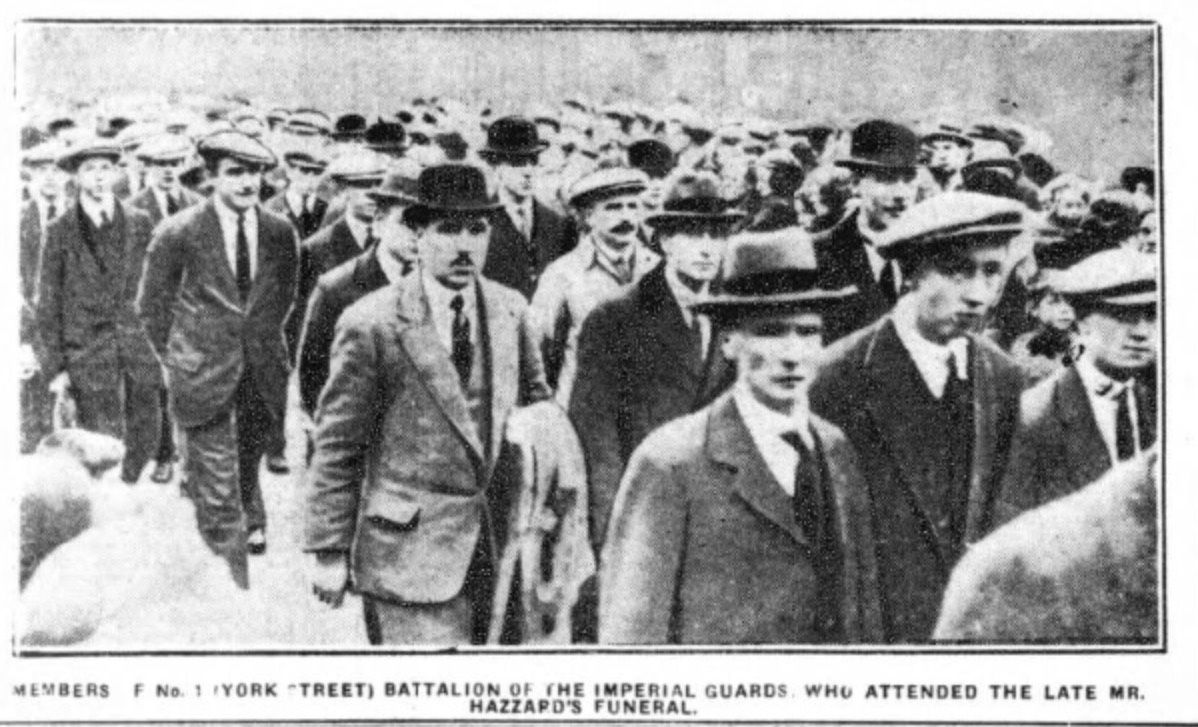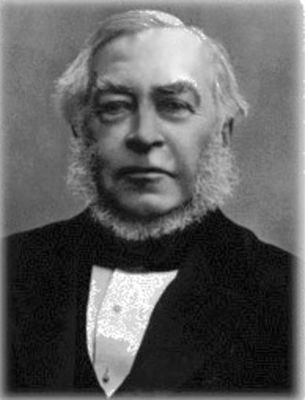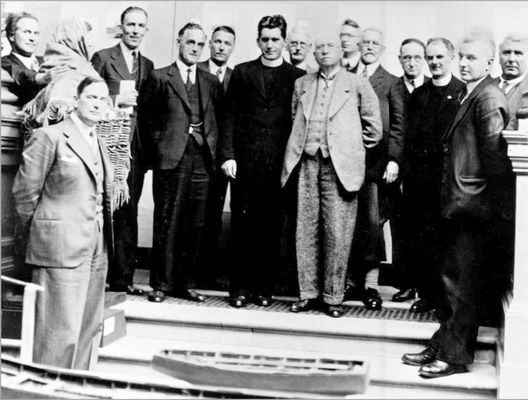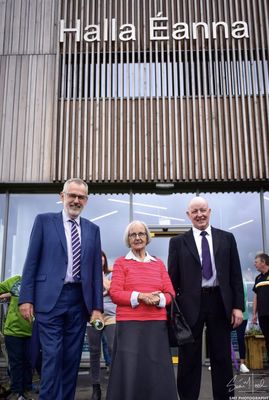AT an inquest court in Belfast in April 1922, Thomas Flack stated that at about 6.30pm on March 8 he saw a British army corporal fire a volley of shots from the corner of Union Place and Great George’s Street. He said he then saw Herbert Hazzard, aged 24, fall at his feet in Isabella Street. Hazzard was pronounced dead a short time later in the Royal Victoria Hospital. He was just one of three people who met a violent death in Belfast that day in a spate of violence which had begun in July 1920.
Between then and 1923, 460 violent deaths were to occur in the city (258 Catholics and 159 Protestants.) In the month of February 1922 there were 138 killings in a three-week period, (96 Catholic and 42 Protestants) so the death mentioned might well not have been noticed. The funeral, however, resulted in more violence and became part of the folklore of the village of Greencastle, then a mixed district, which had escaped the worst aspects of the violence in the city.
Provincial weekly and English newspapers carried reports such as this.
“Deplorable events, culminating in tragedy, occurred in connection with the funeral of the Protestant victim of the recent shootings on Saturday evening. The burial was that of Herbert Hazzard aged 24 years of age, who had resided at Earl Lane and died from gunshot wounds at the Royal Victoria Hospital on Wednesday last. He was well known and very popular in the York Street district, being a member of the Orange Institution and of the recently formed Imperial Guard.
“The place of interment was Carnmoney Cemetery and thousands of sympathisers turned out to take part in the obsequies. In fact it was one of the largest funeral processions witnessed in Belfast for a number of years. The route was the most direct one for the purpose, being via York Road, Shore Road and Mill Road. Almost everywhere blinds were drawn down and in several isolated cases where this had not been done, some of the younger element who had joined in with the funeral party, considering the omissions to be a mark of disrespect, requested the persons concerned to lower the blinds.”

You might well have thought that this was a well conducted affair. In fact it was a campaign of terror. The Imperial Guard was a force of over 20,000 men formed in November 1921, mainly from ex-servicemen and members of the UVF. Consisting of ten battalions under the leadership of Robert Boyd and William Twaddell, it was later phased out after the assassination of Twaddell and the recruitment of many of its members into the Ulster Special Constabulary.
The report above mentions the most direct route. The road connecting the Mill Road and Carnmoney Cemetery was nothing but a country lane with a poor surface. There wasn't room for two vehicles to pass and, known then as the Carnmoney Road, it was used mainly by farmers driving cattle and livestock.
The RIC had conferred with the organisers and the agreed route was to have been along Shore Road, up Fortwilliam Park, Antrim Road to the centre of Glengormley where a right turn brought them to what was then the entrance to the cemetery. The cortège proceeded along Shore Road and, turning into Fortwilliam Park, it stopped. A number of the cortège now left, having paid their respects, and returned towards York Street. Police, who had been following in a Lancia, did likewise. As soon as the RIC escort left, the driver of the hearse was ordered to turn and head along Shore Road towards Greencastle.
The cortège was now split in three groups, about two hundred forming an “advance guard,” the funeral proper and a “rearguard”.
Police in Greencastle were able to warn some residents of the impending invasion but most were caught unawares. Openly flourishing their revolvers, the Imperial Guard used colourful language to intimidate people. They drove Catholic and Protestant before them, banging doors and in some cases breaking locks as they demanded blinds to be drawn. A Protestant butcher named Fleming and his three sons had a lucky escape when a volley of shots was fired in their direction as they were deemed to act too slowly.
Many residents ran towards Whitehouse and were clear when the cortège turned up Mill Road. Here the house of Mrs McDonnell was wrecked and she escaped injury when a brave policeman put himself between her and the gunmen. “Don’t shoot the peeler,” said their leader so the gang moved on. On Mill Road they wrecked and looted McCormick’s shop and searched for a friend of the family who had cleared off over the fields a few minutes earlier. Had they found him he would have been shot. Shots were fired at Mrs McCaffrey in Mary’s Place as she returned home carrying her twin infants in her arms. Miraculously they escaped unhurt but several bullet holes were visible in the doorway.
Hugh McAnaney was doing grocery deliveries in the Carnmoney district for Whitehouse Stores. He thought when he came down the steep hill from Carnmoney and past the National School he had missed the funeral crowd as he assumed they would travel through Glengormley. As he neared the Whitehouse Upper Mill he saw the cortège. He backed his horse and cart into a laneway and stood to attention holding his horse with his cap removed.
When the main cortège had passed he sat up on his cart to make his way towards Mill Road. His wife watched from her front door as a crowd threatened him. He jumped off the cart and ran. Shots were fired in his wake. More shots were fired as he ran towards more “mourners” and he fell wounded. His wife ran to him and asked him, “Are you shot?” “Yes Minnie,” he replied, “get an ambulance as soon as possible. I'll be all right. Get me a drink.”
More mourners gathered around him. Protestant neighbouring women tried to protect him but they were pulled away. One of the gang said, “I'll give him a drink.” And promptly shot him through the eye. He died instantly.
The nearby Emmet Hall, belonging to Whitehouse Emmet Dramatic Society, was broken into. Petrol was poured over the floor but the gang were disturbed by the arrival of a cage load of Specials. However, the mob addressed many of them by their first names and little effort was made to quell the disturbances. Just as some of the mob were returning to the hall a Lancia wagon of RIC men arrived and the “mourners” were forced towards Carnmoney. Further up the Carnmoney Road a milkman named McBride was “mistook for a Papish” and wounded in the arm.
The provincial weeklies reported that Reverend B Cochrane, minister of Sinclair Seaman’s Church, held an impressive ceremony and concluded by appealing for a spirit of peace and harmony in the period of trouble and distress through which the country was passing. At the request of the Rev gentleman the mourners made the homeward journey from Carnmoney by Antrim Road thus avoiding the area in which the disturbance had arisen.
In anticipation of trouble, Molly Ann’s pub in Glengormley remained closed. Police were called to McKenna’s pub just opposite when proceedings became rowdy as some mourners ejected the locals and had a wee jar before eventually taking the tram back to Belfast.
I first heard this story from Francie Mullan. His grandfather used to say it was the blackest day ever in Greencastle and but for the grace of God a dozen people might have been killed.








